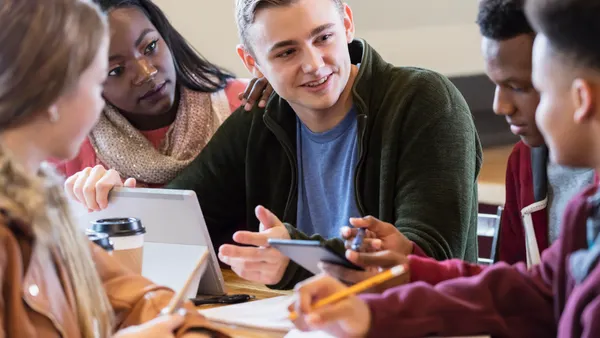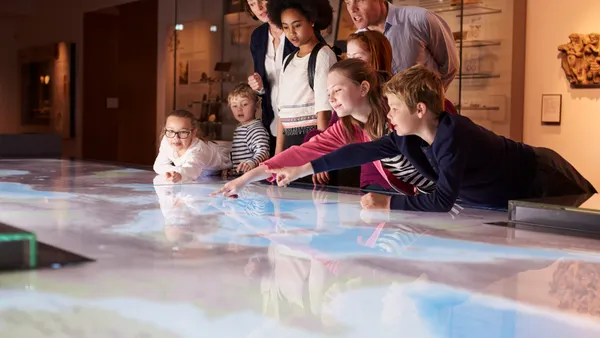To Lauren Stuart, primary sources are a wonderful way for students to gain a window into history. As an ELA teacher at El Rodeo School in Beverly Hills, CA, Stuart works with historic documents from books to video, embedding them into lessons with her middle school students. The result is a rich learning experience — but only because of the work she invests in advance.
“Don’t just give students a primary source and ask them to read it,” says Stuart. “Have students read with a purpose. What are they trying to discover by reading this text?”
Ever since Lin-Manuel Miranda’s Tony-award winning “Hamilton” rang across Broadway, interest in historic documents has grown exponentially. Tim Bailey, director of education at the Gilder Lehrman Institute of American History in New York, says he has the statistics to back this up.
The school launched Teaching Literacy through History (TLTH), an online professional development program for educators with an additional Affiliate School Program added in 2008, free for K-12 public schools. Educators can not only access the 65,000 original source materials in Gilder Lehrman’s online collection, but can arrange site visits from scholars to enrich the way these documents are used in learning.
Bailey says since starting the Affiliate program, the number of schools enrolled has grown from 47 to more than 16,000 today — with about 100 new schools signing up every week. “Hamilton” opened in January 2015 at New York’s Public Theater. And Bailey suggests that the show gave primary sources that boost, inspiring educators to bring these materials into classrooms.
Take Lois MacMillan, a middle school history teacher in Grants Pass, OR, mentioned by Bailey, who has used “Hamilton” to spark her own students. With the musical as a starting point, she’s encouraged children to use primary sources to create their own rap music pieces. Even The Grammy Museum is impressed, hosting her lesson plans on its website.
But before administrators can just drop the use of historic documents into curriculum, they need to help educators know where to find them. The Library of Congress and the National Archives are two great resources. So, too, are Gilder Lehrman’s program and iCivics, a non-profit that hosts online games, documents, curriculum support and classroom plans built around civics lesson. The group is adding new modules this spring around the Louisiana Purchase and the Constitution — ready-made curriculum for schools.
“The curation of the documents, as well as the supportive teacher materials, help educators navigate the use of primary sources in their classroom,” says Carrie Ray-Hill, the director of digital learning at iCivics.
And that’s the second step for administrators to consider: making sure educators have the training and back-up to effectively use these materials with their students.
In a 2017 study in The American Archivist that examined the use of primary source materials in elementary and middle school classrooms over 18 months, researchers concluded that teachers could be helped from “…professional teaching knowledge to effectively locate, evaluate, and use primary sources to teach.”
Stuart would likely concur. The first experience putting primary sources to work with her students had some hiccups. But after retooling and thinking about what she wanted students to gain from the experience, she was able to guide them to find the value of the material.
"It did not go well because I treated it as a novel instead of a primary source," she says. "Once I shifted my instructional focus, the diary became a great lens with which to view the time period."





 Dive Awards
Dive Awards






